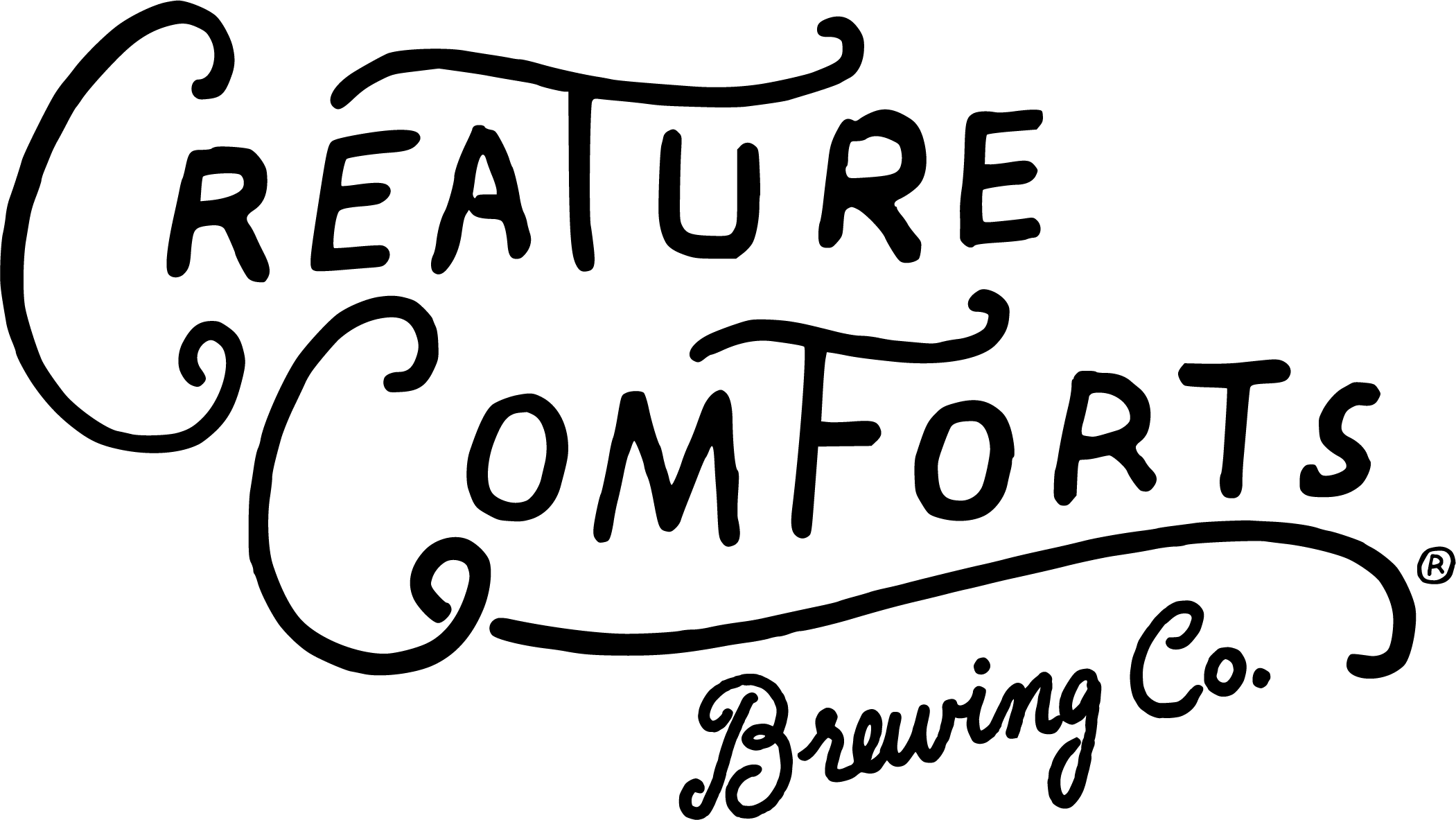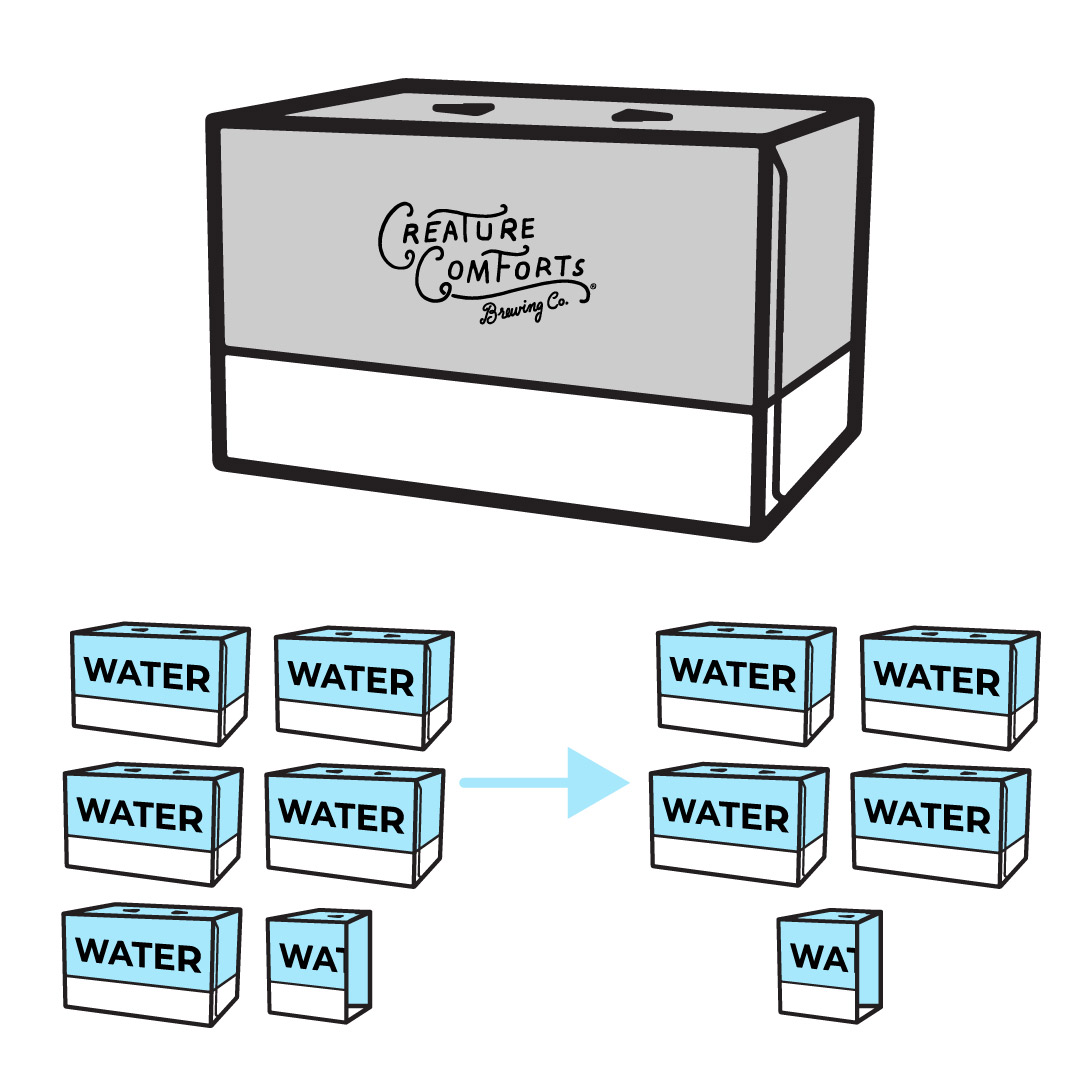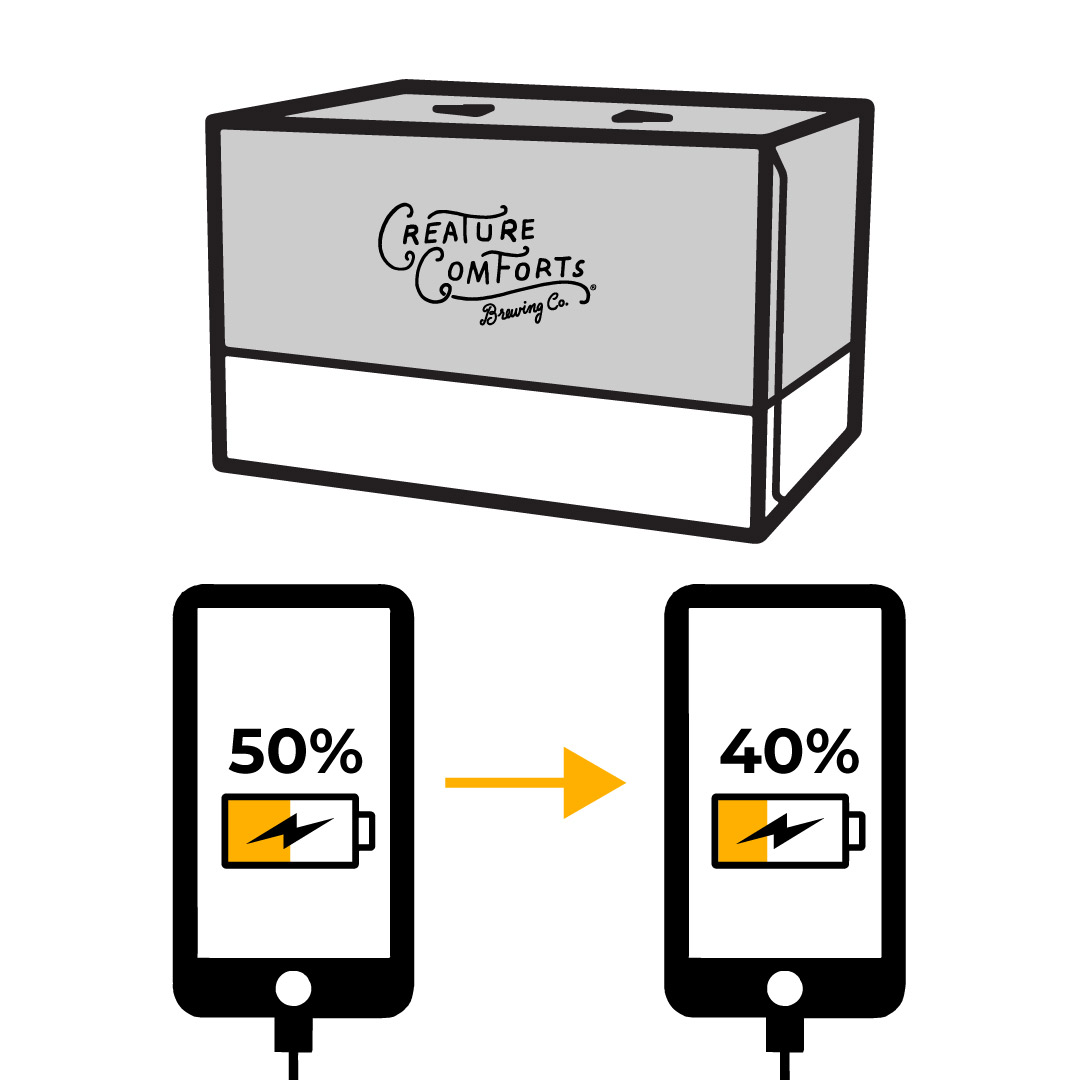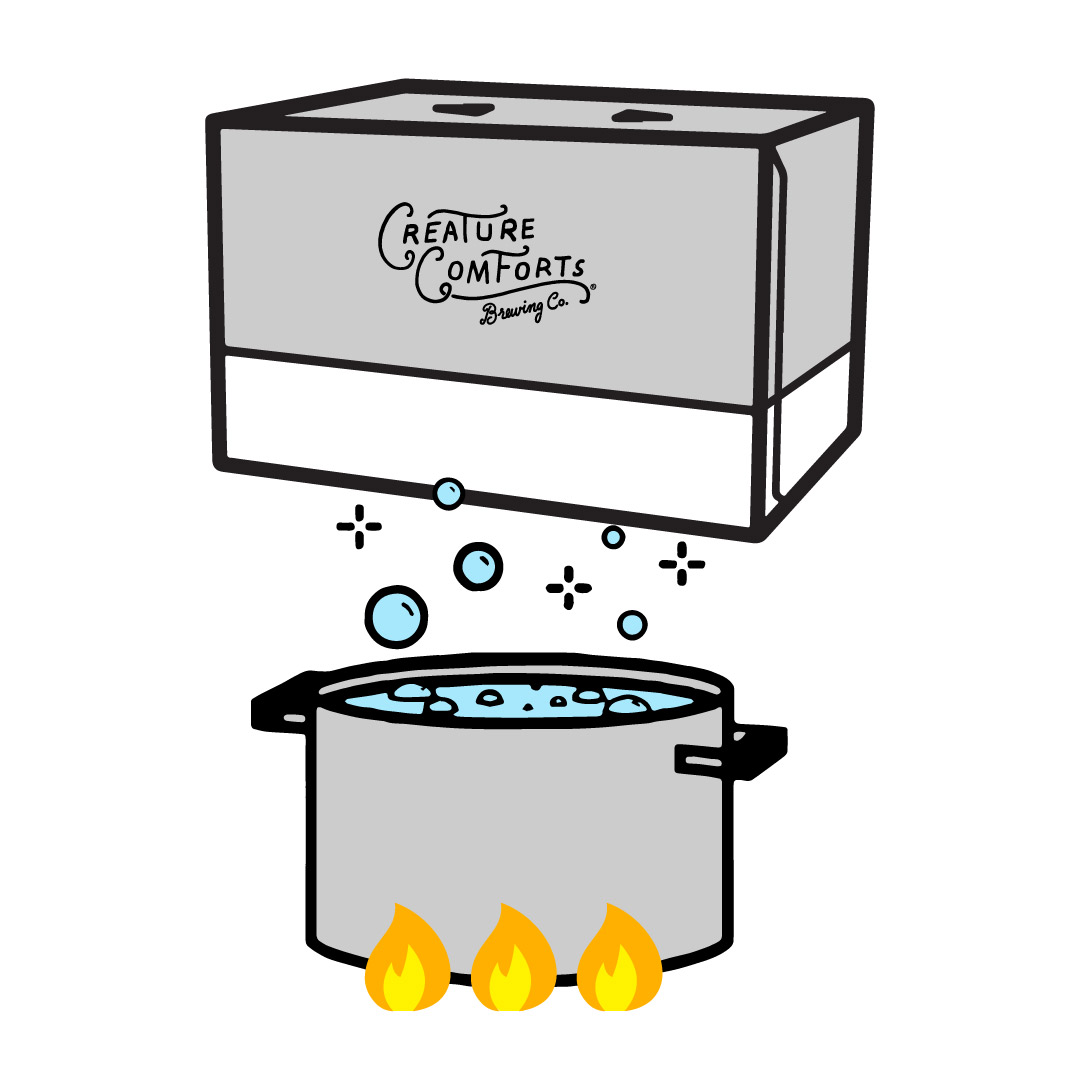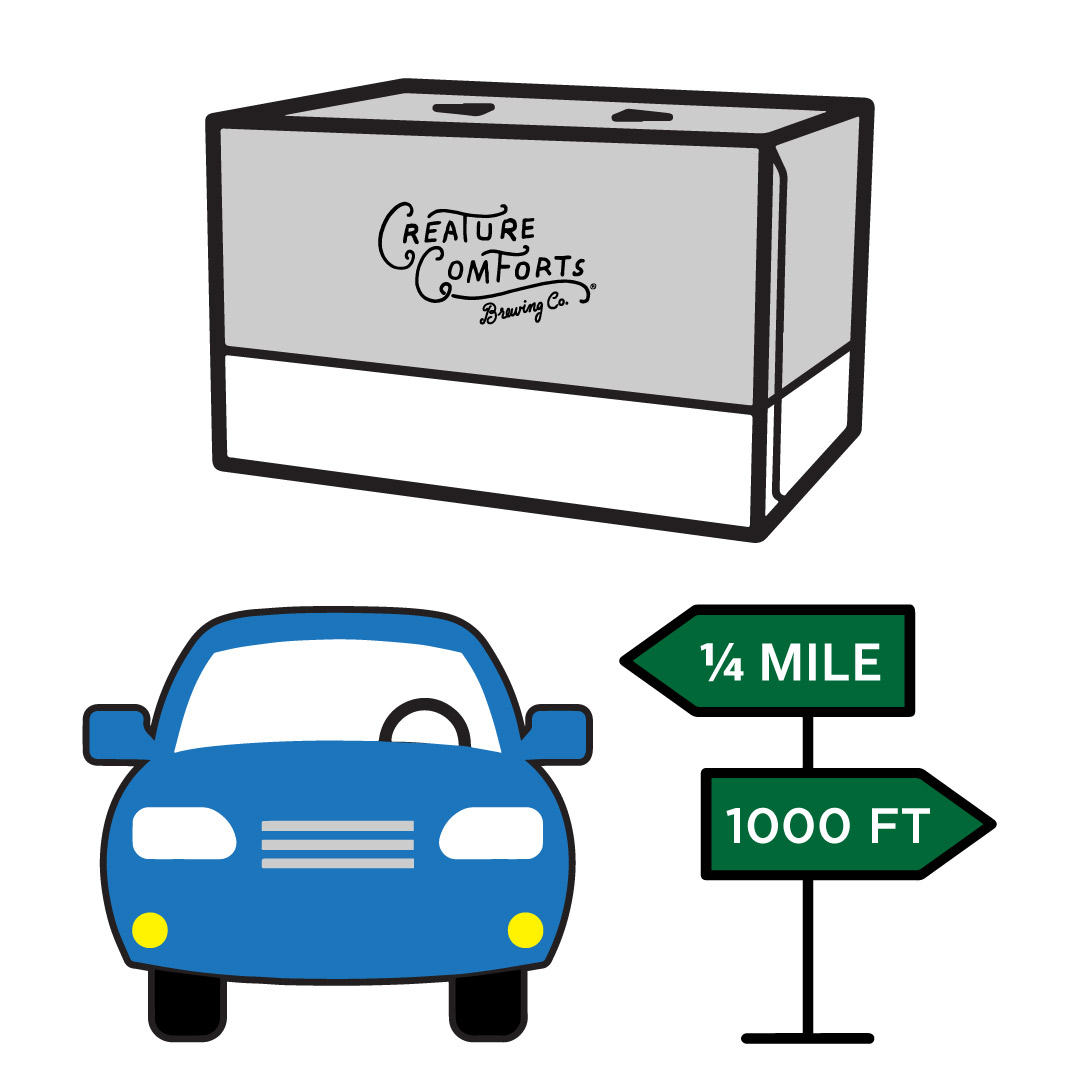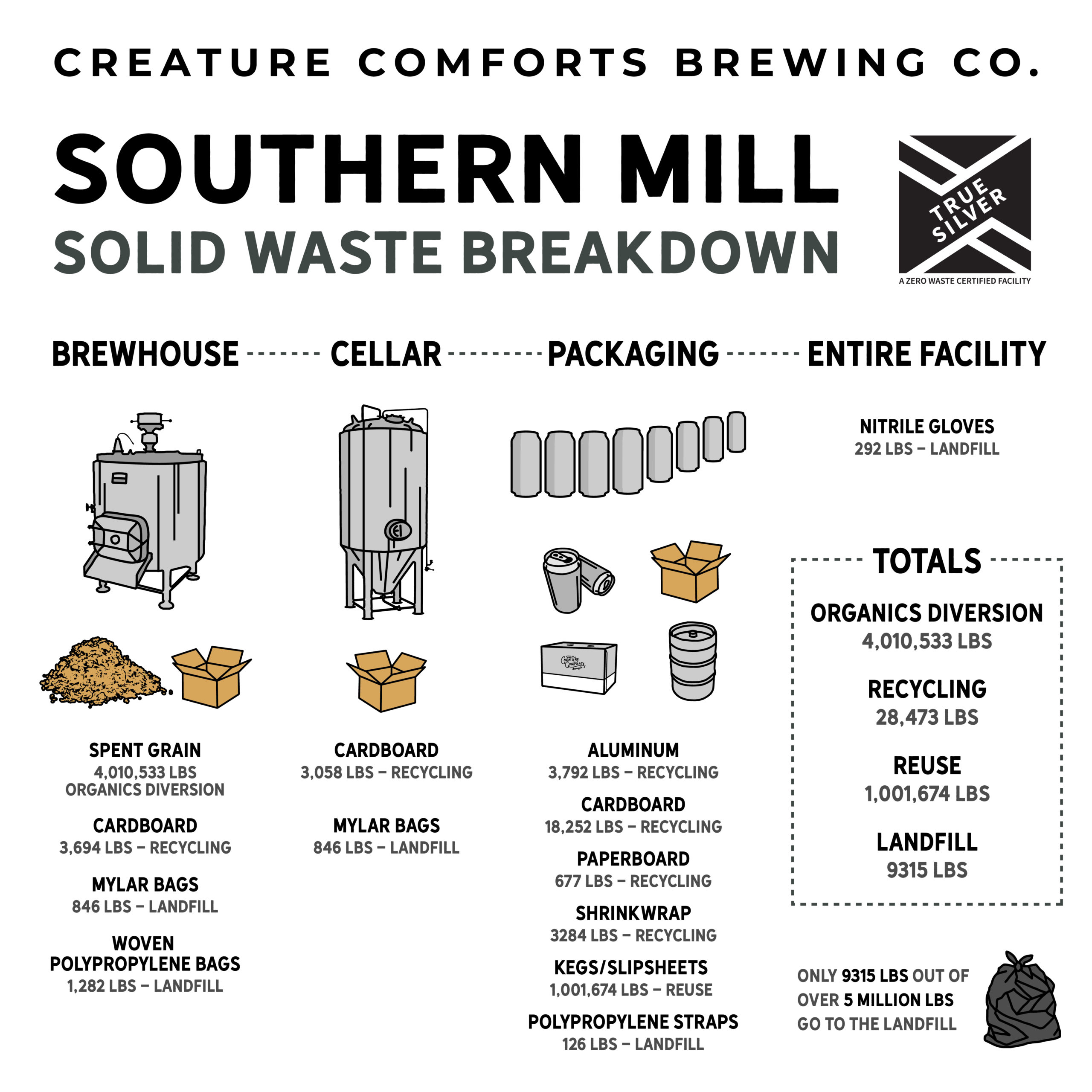Waste
We want to make beer, not waste. Through processes, operations, and actions to reduce waste and resources throughout our system lifecycle, we’re working to eliminate any unnecessary waste from our beer production.
Actions we’re currently taking to achieve our waste reduction goals include:
- Sending spent grain to local farms to be used as food for livestock. While this is an industry-norm, we’re proud that our spent grain is staying local
- Purchasing balers for scrap aluminum and cardboard
- Participating in our county’s compost collection service to ensure organic waste materials like leftover food, napkins, and paper towels are composted instead of landfilled
- Sending hard-to-recycle items such as stretch film plastic, batteries, and used motor oil to our local CHaRM (Center for Hard to Recycle Materials) facility on a monthly basis
Because of these diversion practices, in 2021 we received TRUE (Total Resource Use and Efficiency) Silver Level Certification for our Southern Mill facility’s zero waste efforts. Administered by the Green Business Certification, TRUE helps facilities measure, improve, and recognize zero waste performance by encouraging the adoption of sustainable waste management and reduction practices, which contribute to positive environmental, health, and economic outcomes.
Our production facility achieved a 99.8% diversion rate, with less than 1% of waste material generated in our operations heading to a landfill.
We received TRUE Silver certification for Southern Mill in 2021 with a 99.8% diversion rate
We have made a lot of progress, but there is still more work to be done. In 2025 we are introducing a new metric – our Controllable Diversion Rate. Breweries tend to have very high diversion rates due to spent grain from the brewing process having secondary use as livestock feed.
We want to place an emphasis on all other waste streams, so we’re excluding spent grain from our diversion rate calculation in the future. This lets us focus on the diversion rate that we can control – and we want to boost that diversion rate from the current 76% to 90% in 2025.
